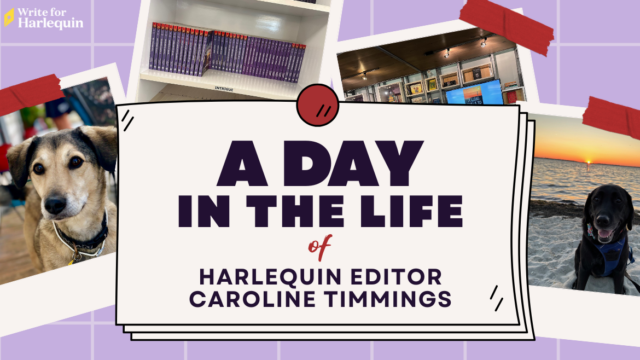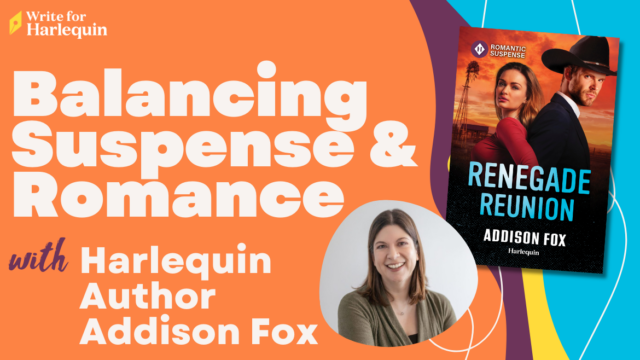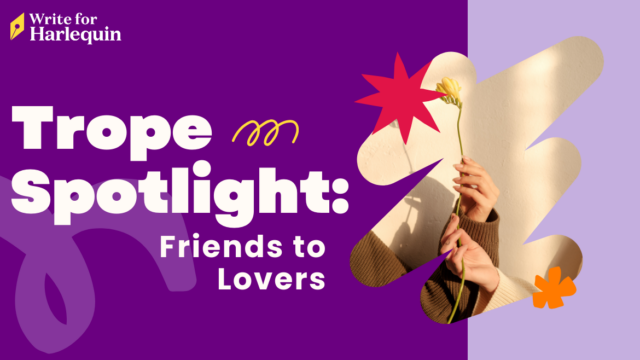This week on Advice From the Archives, we’re returning to the nuts and bolts of writing a successful romance: conflict! This post first featured in the UK’s New Voices competition in 2011, but the advice is just as relevant now as it was then! As you work through writing your novel in 150 days, consider conflict an essential tool for building a powerful romance.
Internal vs external conflict – I want to know more!
First up, before we get into the nitty gritty of what makes an internal and what makes an external conflict, what is conflict anyway and why does a romance need it?!
Well, imagine if you read a romance where the hero and heroine were in love already and there was nothing stopping them from getting together – there would be no story! What would be the point in reading about these two happy people?!
One of the things that the reader wants to see in a romance novel is the characters changing and growing over the course of the book – they want to see character development. And for this to happen, the characters must have internal, emotional obstacles to overcome before they can reach their happy ending with the other person. So in short: they must have emotional conflict!
This means that their relationship can be like a journey: we know it will end happily but how are they going to get there? The reader wants to see highs and lows, peaks and troughs in the relationship and plenty of tension.
So, the main obstacles between them shouldn’t be things like misunderstandings for instance, the heroine saw the hero hugging a woman in the street and assumed it was a lover (when in fact the reader knows it is his sister!) and spends the whole book thinking that she can’t be with him because of this. The obstacles also shouldn’t be able to be sorted out by having a simple conversation. They need to be deeply rooted within the character – they need to be layered, complex and able to be developed, explored and finally resolved in your story.
Internal conflict is something that is tricky to explain and to get to grips with so let’s look at some examples.
Some very basic examples of internal emotional conflicts:
- Bad experience of relationships, creating lack of trust.
- Loved and lost — a spouse / child – so feels that he or she can never love again.
- Difficult childhood, parents had negative relationship, contributes to idea that marriage/ love can’t work.
- A shared past – something went wrong between them, how can they overcome this and learn to love and trust again?
- A pregnancy or a scenario where the hero and heroine have to raise a child. But it’s not enough for this to be just thrown into your story for the sake of it – it needs to relate back to the characters so that we understand how it affects them in an interesting way. For example, the heroine was abandoned by her parents or perhaps she never knew her own father. How does this make her feel about giving birth to her own child and that child’s relationship with their father?
These are basic ideas and you would have to embellish them to make them right for your characters and to give them interesting twists. Readers love to be captivated by emotional, original scenarios which allow us to get inside the characters, see them facing up to emotional issues that have affected them and stopped them being in relationships. And to see how these force them to change and grow, move forward and make decisions. So, challenge yourself to think originally here!
External conflict should only be brought in as additional support to the developing romance and plot. External conflict is something that comes from outside the characters and is to do with the circumstances they find themselves in. An example of external conflict is the fact that they are working together – maybe he is her boss, or vice versa.
A pregnancy is an external situation but, as mentioned above, it can be used as internal conflict when it relates back to the characters.
A common pitfall which we see in submissions is when authors run out of conflict half way through, having resolved the issues between them – hero and heroine say ‘I love you’ and so there’s no reason to keep reading!
So when you start to plan your story, first think of your characters and make sure that when you do, you provide them with plenty of interesting emotional conflict to explore!




